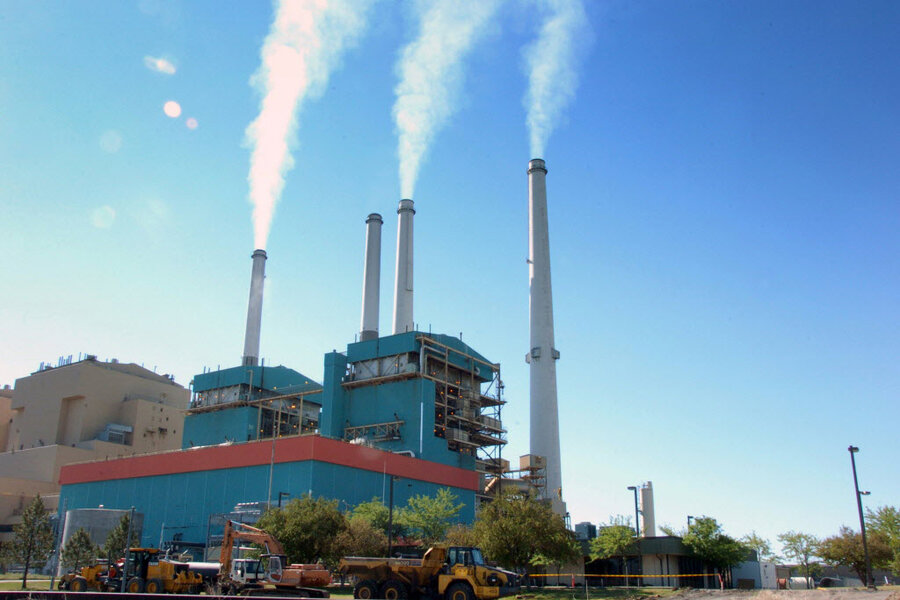Supreme Court blocks Obama effort to rein in mercury emissions
Loading...
The Supreme Court on Monday blocked federal regulators’ efforts to limit power plant emissions of mercury and other hazardous air pollutants.
In a 5-to-4 vote, the high court ruled that the Environmental Protection Agency had failed to consider cost when it first decided to regulate the toxic emissions from coal- and oil-fired plants.
The decision, the latest in a series of Supreme Court rulings around environmental regulation, represents a setback for both environmental advocates and the Obama administration’s sweeping climate agenda – and reveals how differently the EPA and its challengers interpret the costs and benefits involved.
President Obama in 2014 began using the authority of the Clean Air Act of 1970 to issue a series of regulations on air pollution. Under the act, the EPA may regulate power plants if the agency finds it “appropriate and necessary.”
In this case, the EPA said regulation was appropriate because power plant emissions posed a public health risk and controls to reduce the emissions were available; and it was necessary because other requirements imposed through the Clean Air Act did not eliminate the risks.
Industry groups and some 20 states hit back, arguing that the EPA’s interpretation of the Act was unreasonable because it didn’t consider the punishing costs of regulation, the New York Times reported.
“EPA’s decision that it is ‘appropriate’ to achieve $ 4 million to $6 million in health benefits at a cost of $9.6 billion is not reasonable, imposes great expenses on consumers, and threatens to put covered electric utilities out of business,” the petitioners argued in Court briefs.
They added that the new rule would force the industry to spend billions to regulate conventional pollutants already covered by other Clean Air Act programs.
The EPA, however, said it did not consider costs initially because the threshold decision is meant to be based on public health alone, CNN reported. Only when the agency determined that the air pollutants from coal- and oil-fired power plants did pose a hazard to public health did they move to determine what the limits on those pollutants should be and take costs into account, according to the network.
“The agency correctly focused on public health initially and considered costs once it had the information it needed,” Neil Gormley, senior associate attorney for Earthjustice DC, a nonprofit environmental law organization that filed a brief in support of the EPA, told CNN.
The Supreme Court’s decision sends the case back to the lower courts for the EPA to decide how to account for costs, the Associated Press reported.








